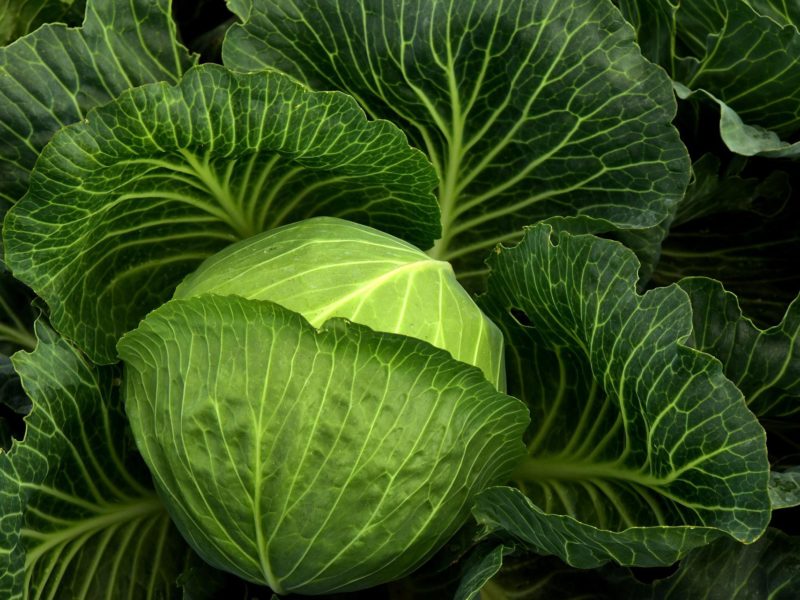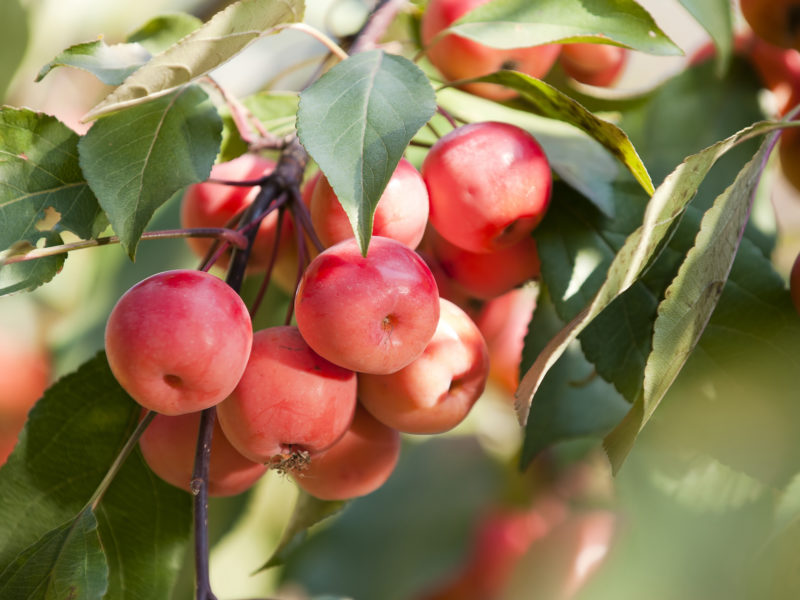With the trees stripped of their leaves and the sky without its sun, finding the motivation to get in your garden is tough. However, no matter what you’re growing, there are still jobs to be done.
Flowers:
If you decided to plant your wisteria in the autumn rather than the spring, then this month will be the time to start pruning your side shoots. Ideally, you need to cut them by about two buds. If you’ve got any rose bushes, then you should look at pruning them as well (but only by a little over a bud). A lot of plants are at risk of dying during the winter. As well as general maintenance and tidying your perennials, it’s worth keeping track of these as you try and keep of your plants this month:
- Removing dead shoots, as well as those that are diseased or crossing over each other
- Fading flowers
- Dead leaves (watch out for your Hellebores)
- Removing rots in your plants (stored dahlia and canna tubers are at high risk of this in January)
Vegetables:
The new year calls for a new beginning, giving you more reason to start sowing your vegetable seeds ready for the warmer weather. Look at sowing early peas and broad beans, but make sure they’ve got enough protection from mice. Make sure that you’re always planting fresh seeds by checking sow by dates.
While there may be enough for you to sow, there’s potentially plenty more to harvest. January could be a fruitful month if you have any of these:
- Leeks
- Parsnips
- Brussel Sprouts
- Winter Cabbage
- Kale
- Celeriac
- Swiss Chard
- Swedes
- Salad Leaves
- Cauliflower
Once you’ve harvested your crops, it’s worth noting that plants shouldn’t be planted in the same spot more than once every three years, as you’re at risk of failing to provide your plants with suitable growing conditions. To avoid any disappointment, create a plan for your vegetable plot. Also, look at grouping similar crops together. For example, cabbage and kale can both grow in similar conditions, so the risk of losing your crops is down.
There is plenty more to do with your vegetables this month than reaping what you sow. Provide your plants with all the nutrients they need to grow healthily, as well as removing any dead matter in and around your crops. You don’t want any pests getting in the way of your progress.
Fruit
Landing right in the middle of winter, January plays host to some less than favourable weather conditions. However, if you find an area of your plot which isn’t either frozen or waterlogged, keep planting new fruit trees while feeding/mulching the ones you’ve already planted.
Despite the weather, some fruits (and their hybrids) can still grow in the winter. Here are some which you should look at pruning this month:
- Apples
- Pears
- Quinces
- Blackcurrants
- Gooseberries
- Redcurrants
This season, one of the biggest problems people face when growing fruit is leaf curl. To prevent your produce from this disease, create shelter to protect it, whether it be storing them in a greenhouse, polytunnel or just a plastic cover. Here are the fruits that need protecting:
- Peaches
- Nectarines
- Apricots
General Tips
No matter if you’re just starting out, or your thumbs are the greenest around, there are bound to be challenges as the year goes on. View January as an opportunity to plan for the year ahead as best you can. Start to document what you’ve done in a diary, as well as creating a plan for the months ahead
Planning isn’t just thinking about what you’re going to do; you’ve got to prepare everything you need for the warmer seasons.
- Clean your tools: Cleaning pots, tools, gloves
- Clear your space: Clean inside your greenhouse and check for any overhanging trees/shrubs above
- Replace your plant supports if they’ve succumbed to the winter weather.


